Understanding Sequences Math Worksheets for Ages 3-7
23 filtered results
-
From - To
Discover the joy of learning with our "Understanding Sequences" math worksheets designed for ages 3-7. These engaging worksheets help young learners recognize patterns and order, essential math skills for early development. Through colorful pictures and fun activities, children practice identifying, creating, and completing sequences. Ideal for use at home or in the classroom, our worksheets promote critical thinking and problem-solving abilities. Step-by-step instructions and age-appropriate content ensure every child finds success and builds confidence in their math skills. Download now and watch your child's understanding of sequences flourish, making math an enjoyable adventure!
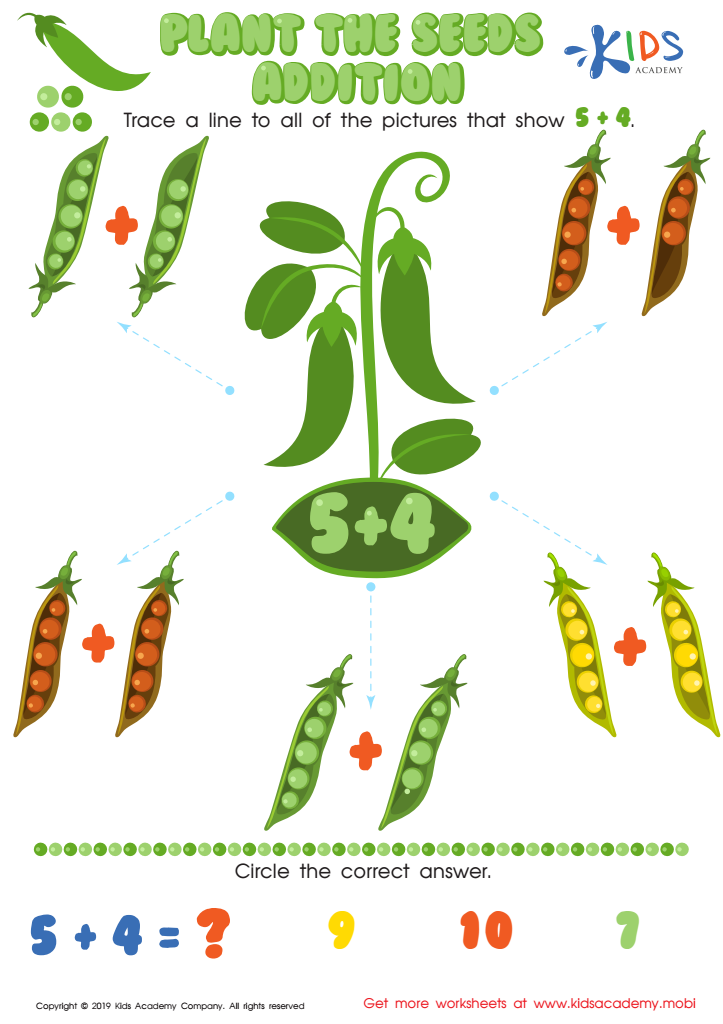

Plant the Seeds Addition Worksheet
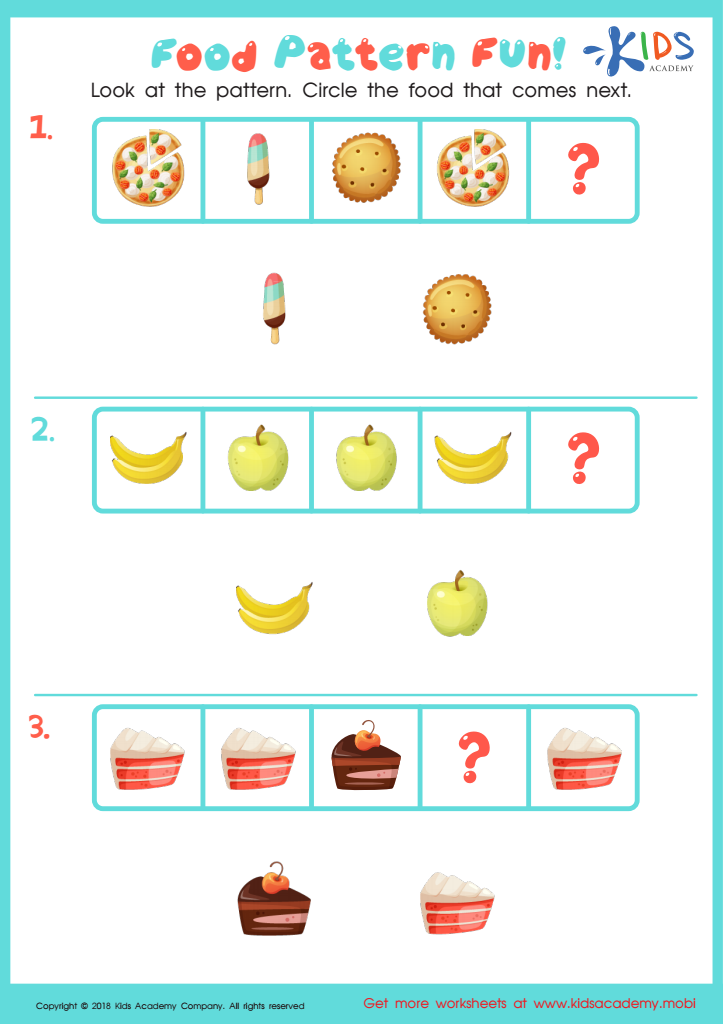

Food Pattern Fun Worksheet
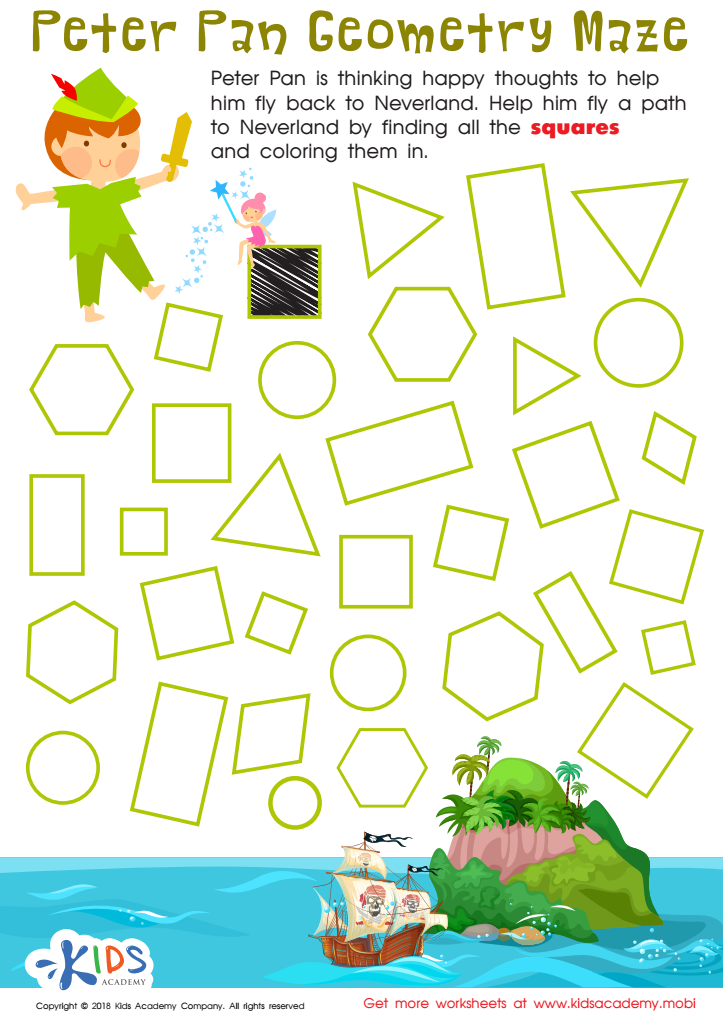

Peter Pan Worksheet
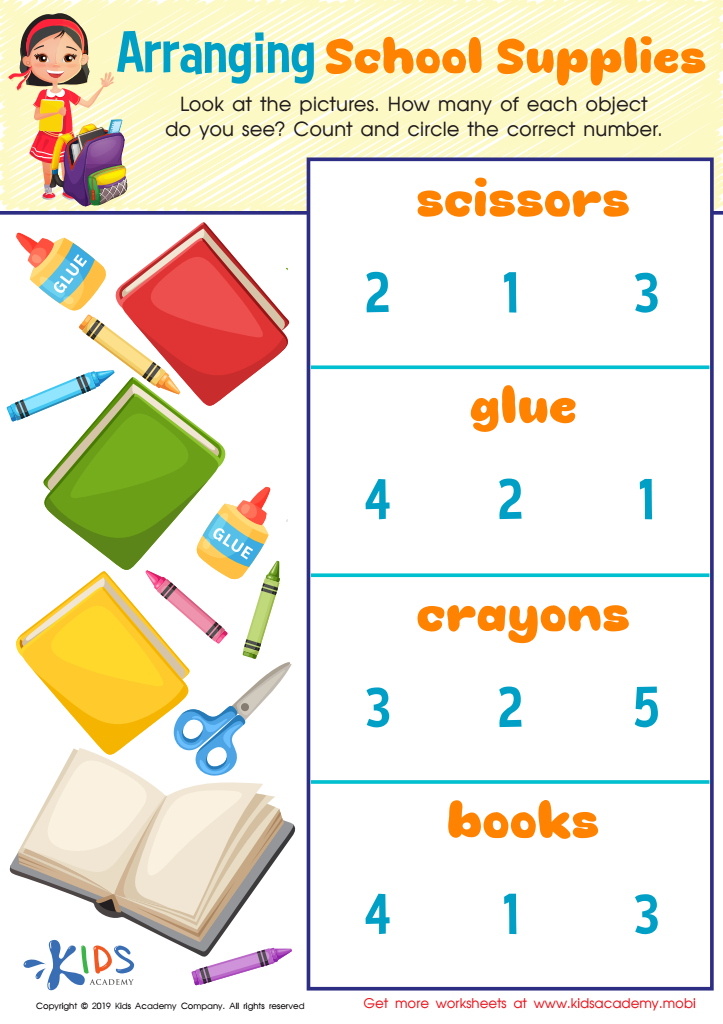

Arranging School Supplies Worksheet
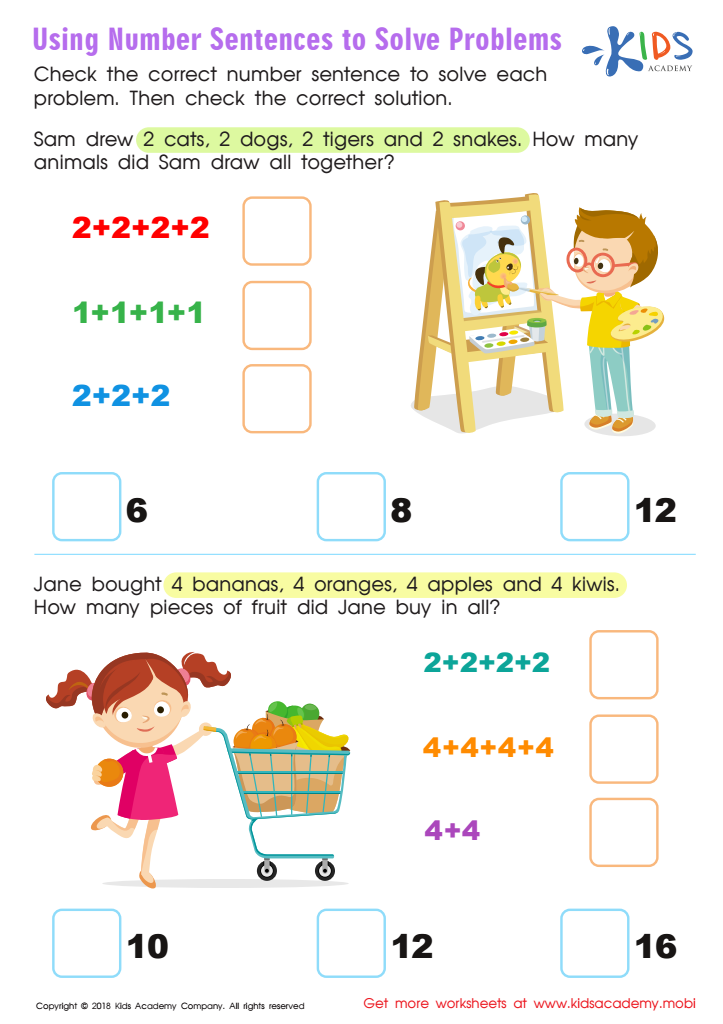

Using Number Sentences to Solve Problems Worksheet
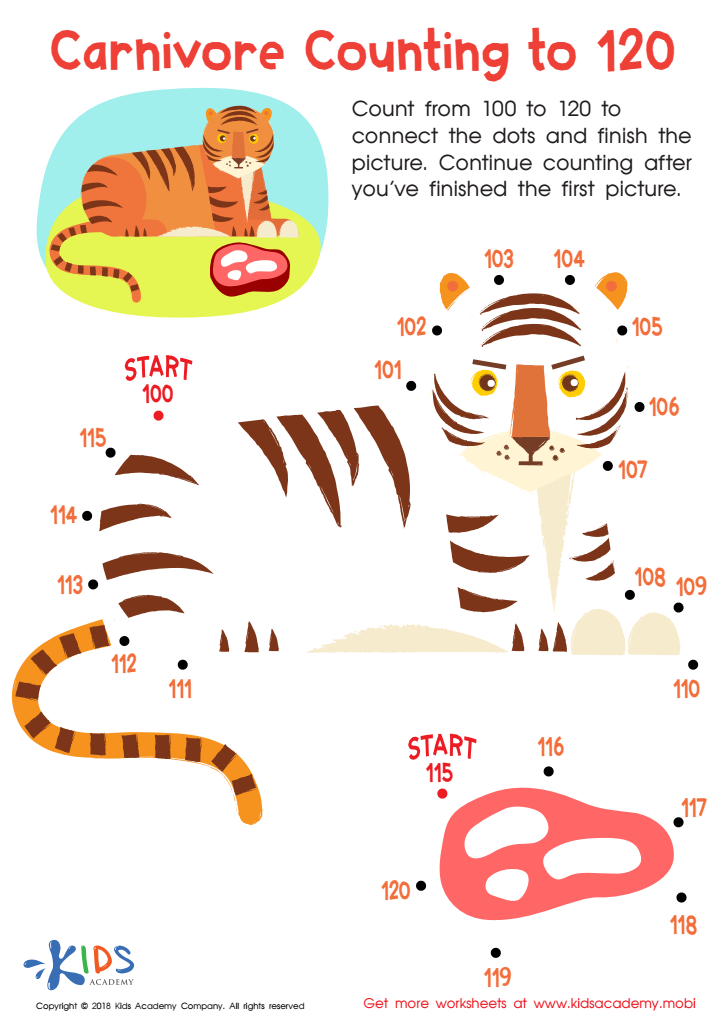

Carnivore Counting to 120 Worksheet
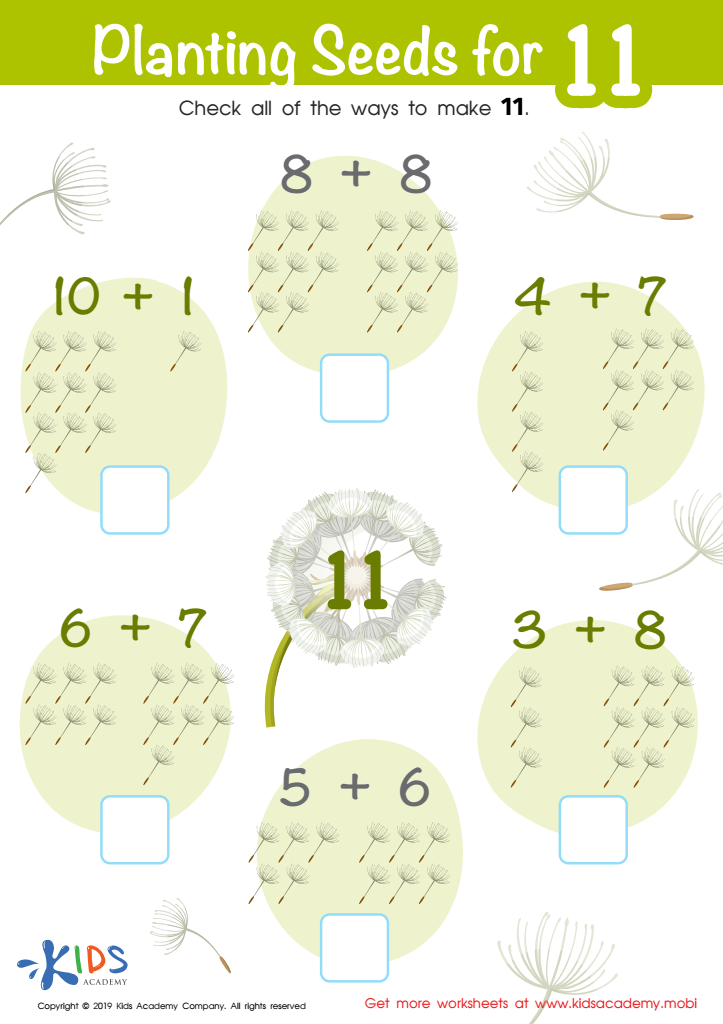

Planting Seeds for 11 Worksheet
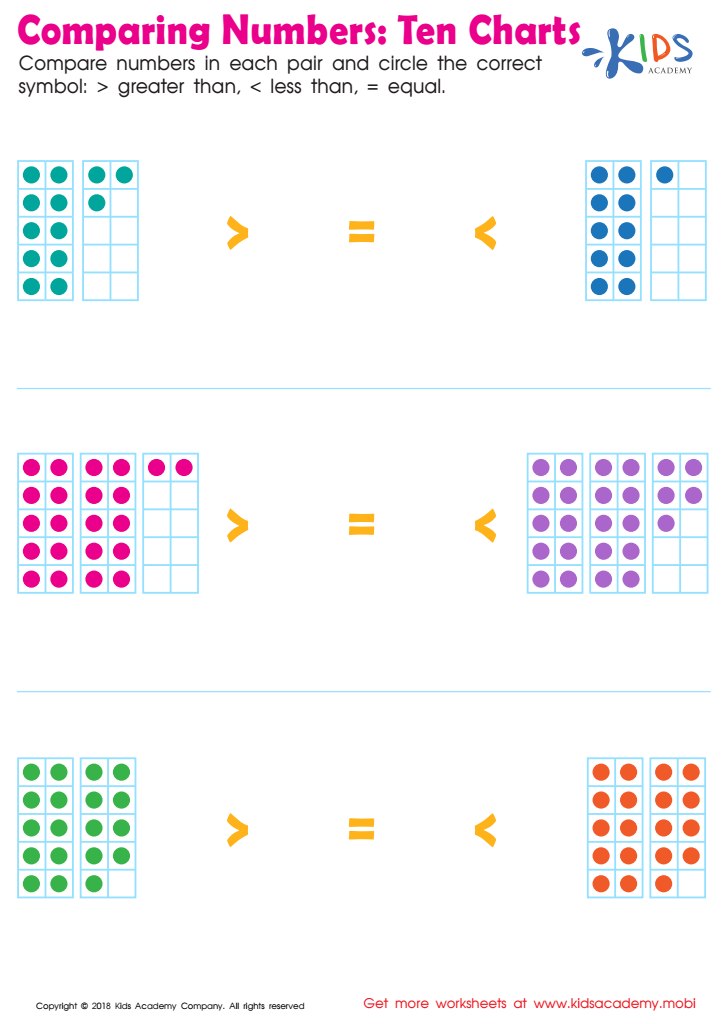

Ten Charts Worksheet
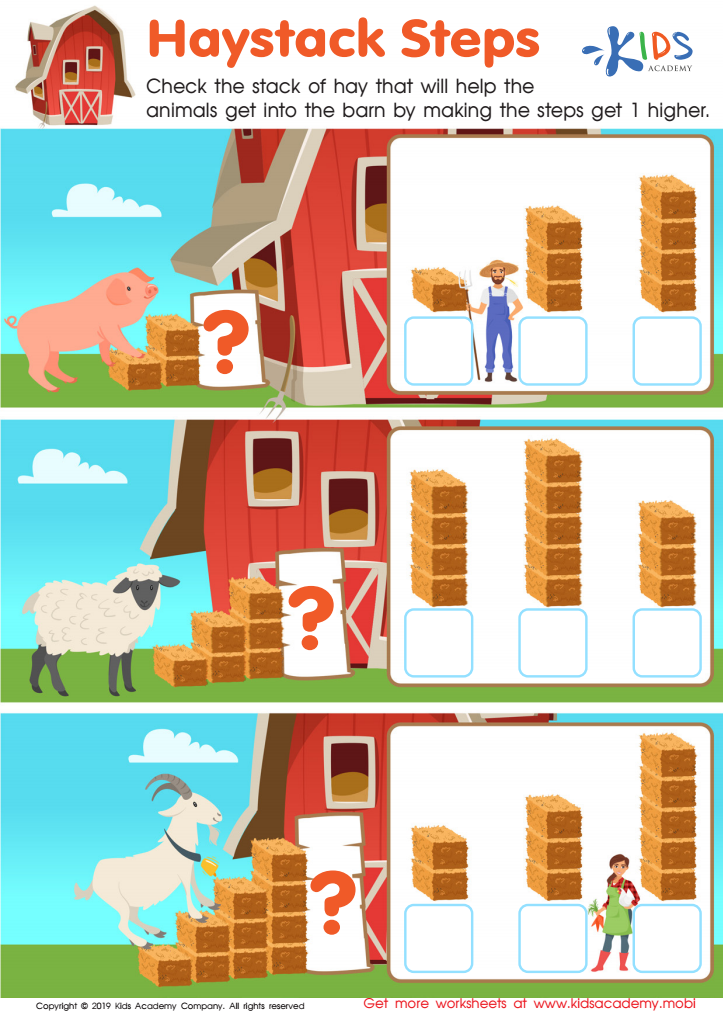

Haystack Steps Worksheet
Understanding sequences in math is crucial for young children, ages 3-7, as it lays the foundation for numerous cognitive and academic skills. At this early age, the brain is incredibly receptive to learning patterns and structures, which are core elements in sequences.
Sequences help children grasp the concept of order and prediction, essential for logical reasoning. This can be as simple as understanding their daily routine or predicting the next number in a count. By recognizing patterns, children can develop problem-solving skills and make connections between different pieces of information. This enhanced cognitive capability supports their overall learning abilities.
In math, sequences are a precursor to more complex mathematical concepts. Understanding sequences improves number sense, a vital skill for addition, subtraction, multiplication, and division. For example, recognizing a counting pattern can help kids understand concepts such as “one more” or “one less,” fundamental to arithmetic operations.
Moreover, sequence learning is not limited to math. It plays a pivotal role in language development, reading, and storytelling, all of which rely on logical progression and coherence. For instance, comprehending the sequence of a story’s events enhances reading comprehension skills.
Therefore, parents and teachers should prioritize teaching sequences, as it fosters a holistic cognitive development that spans across various subjects, building a strong academic foundation for later years.
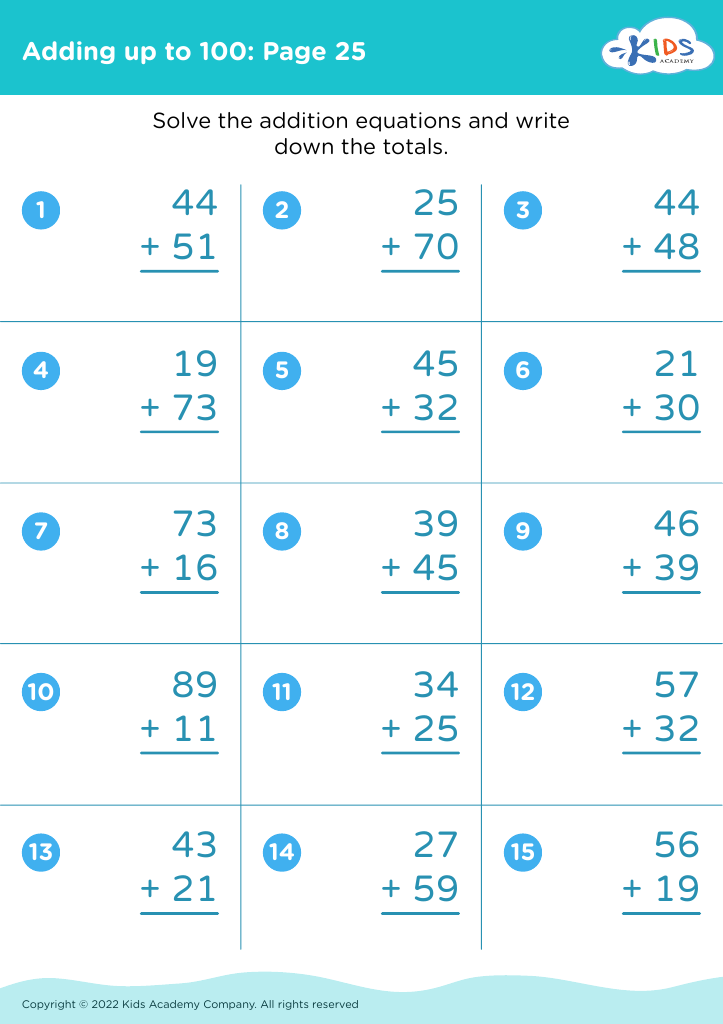

 Assign to My Students
Assign to My Students
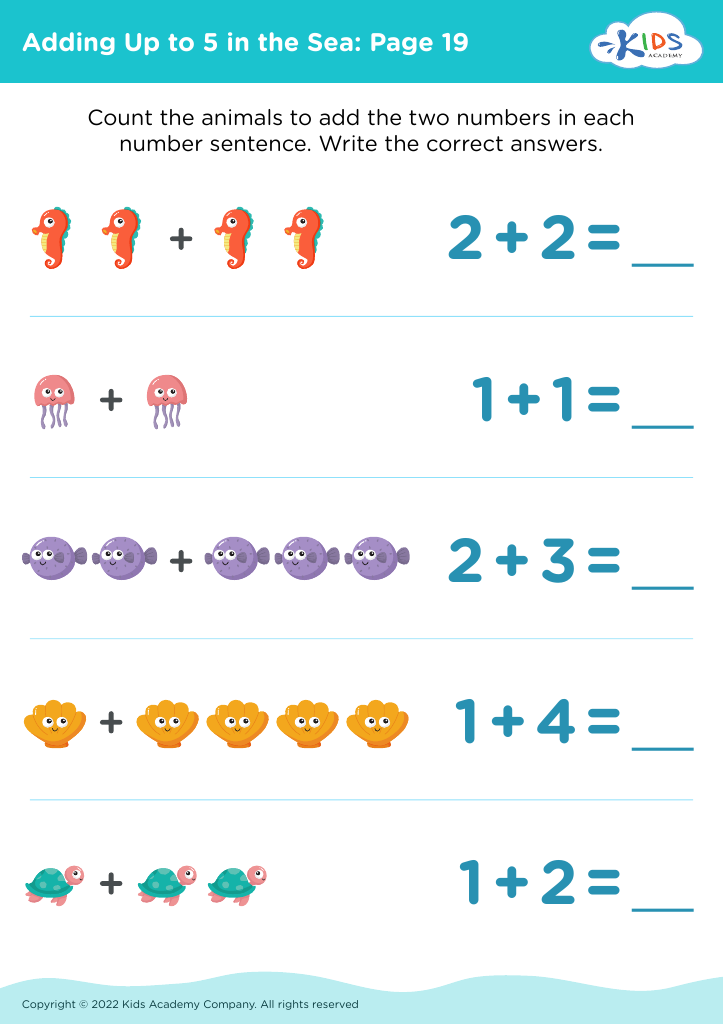

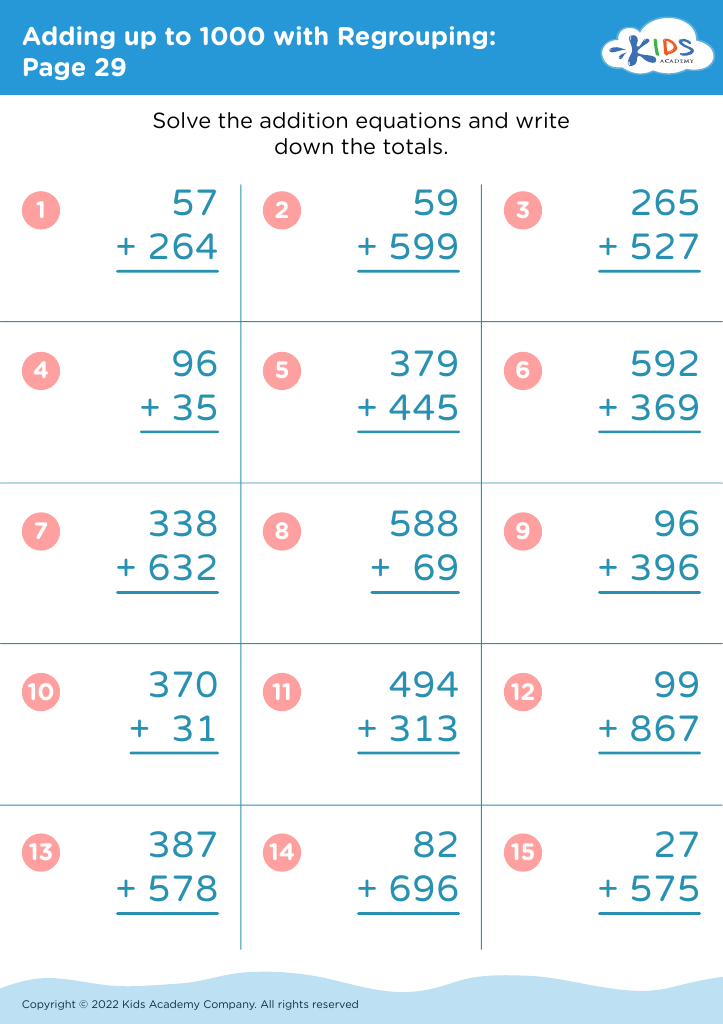
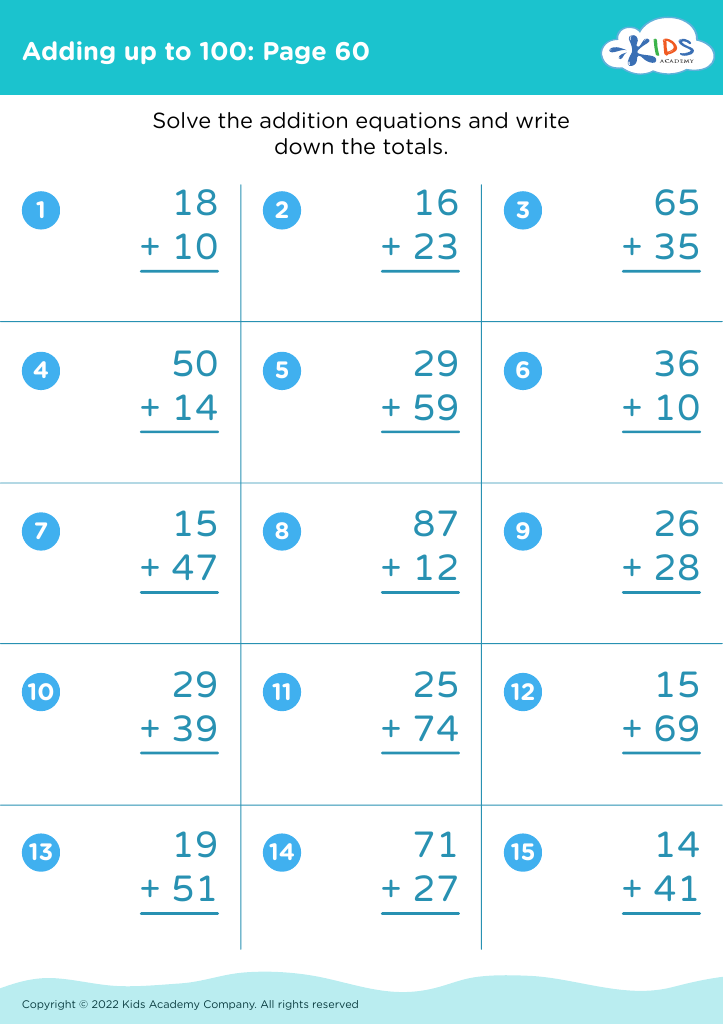
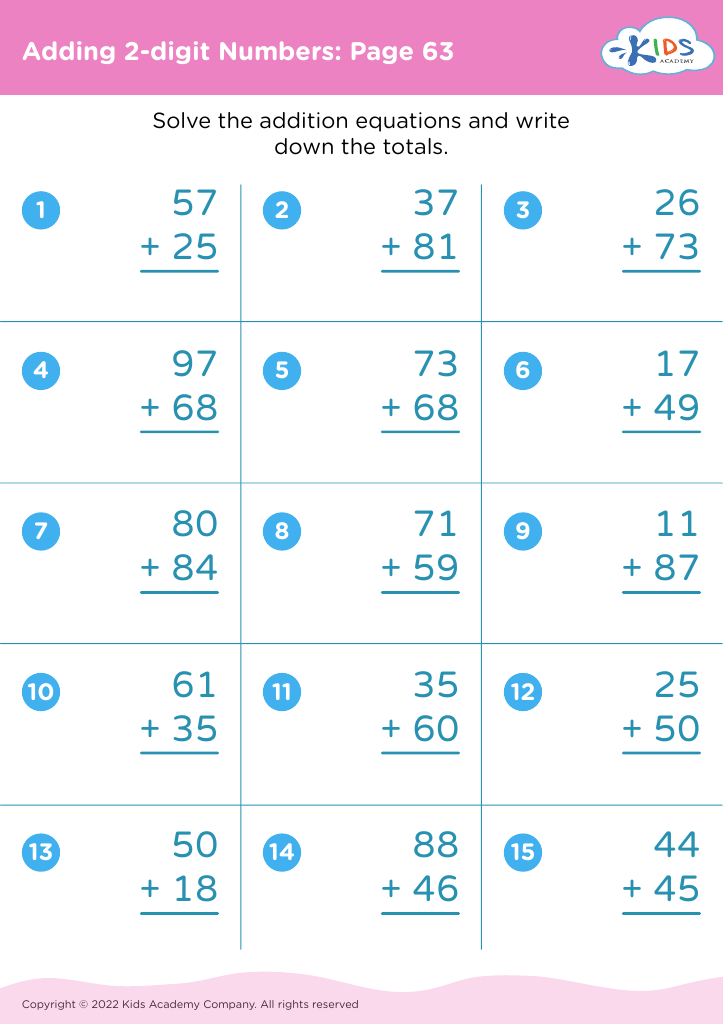
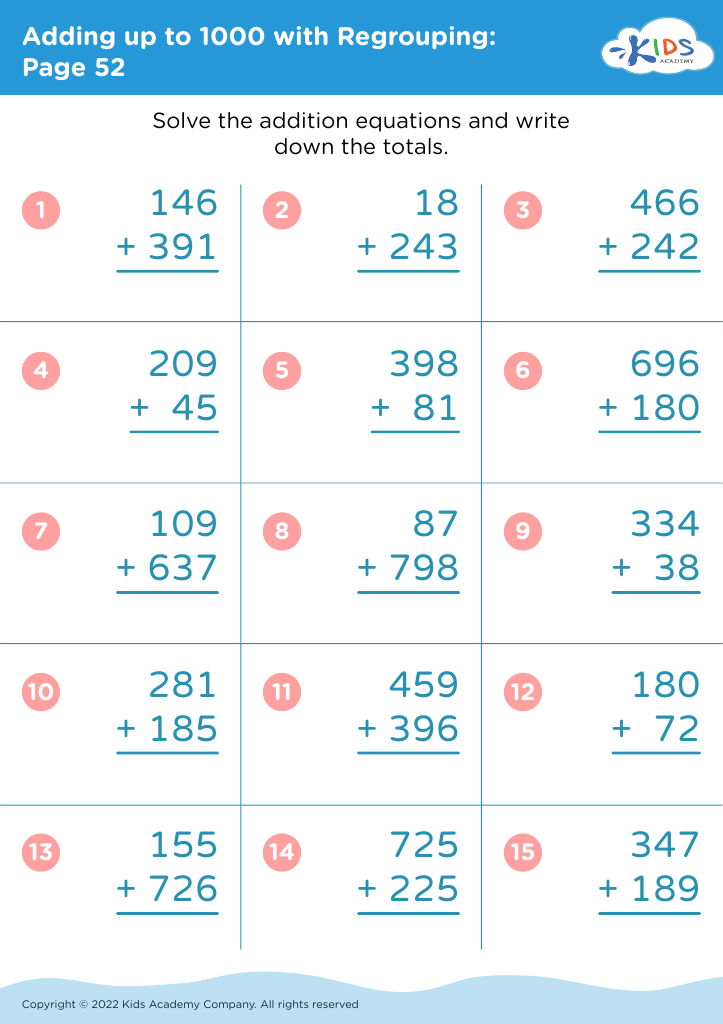
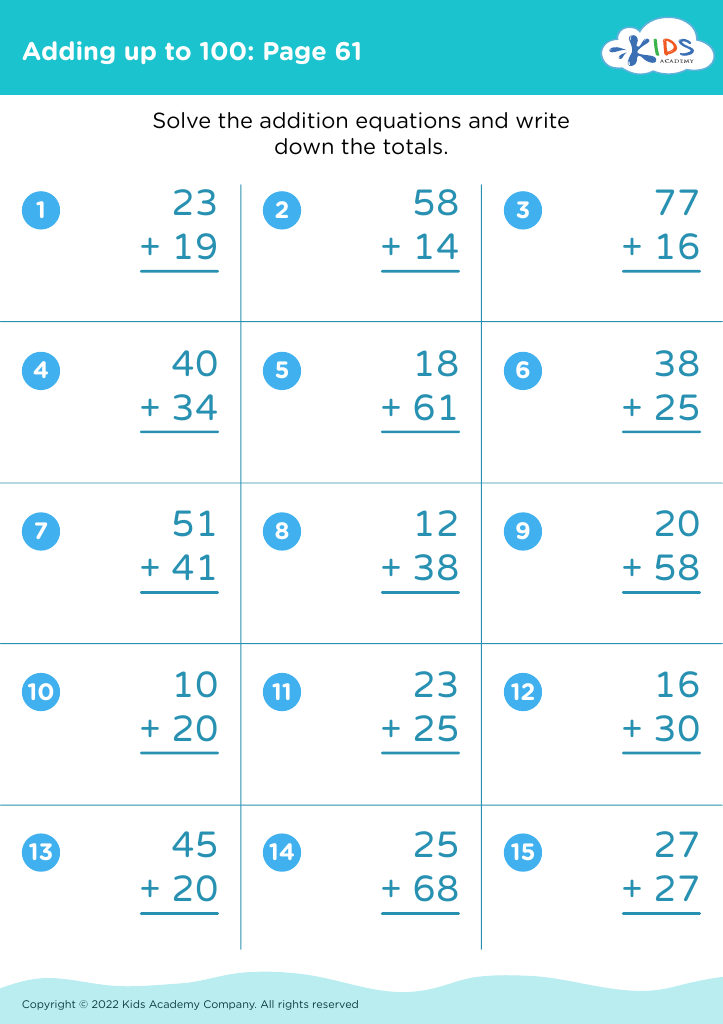

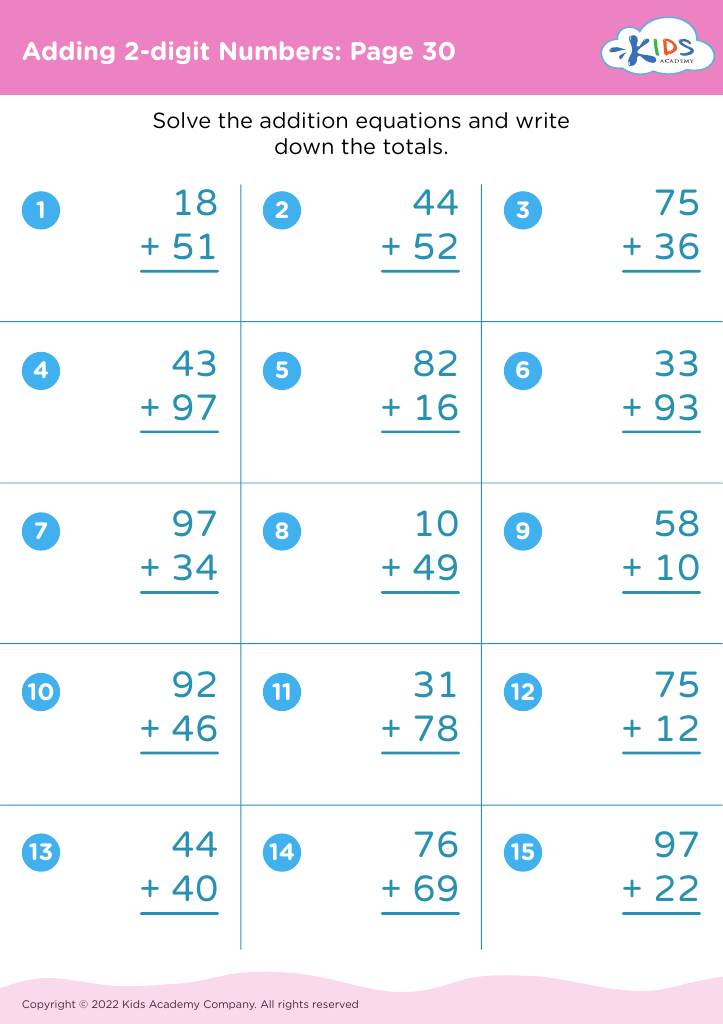
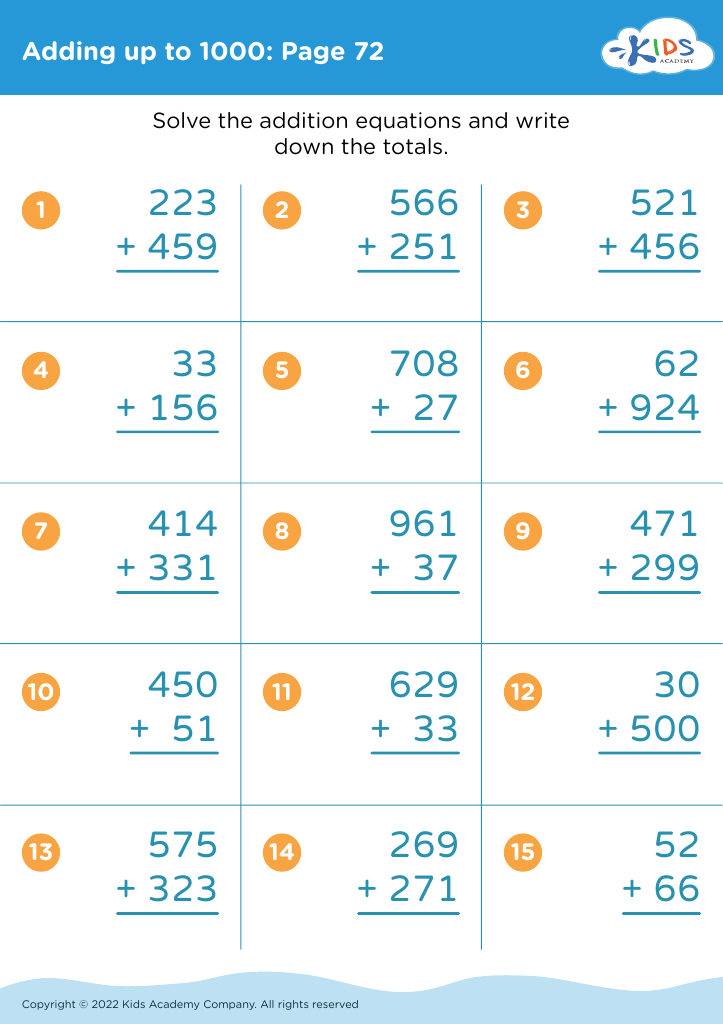
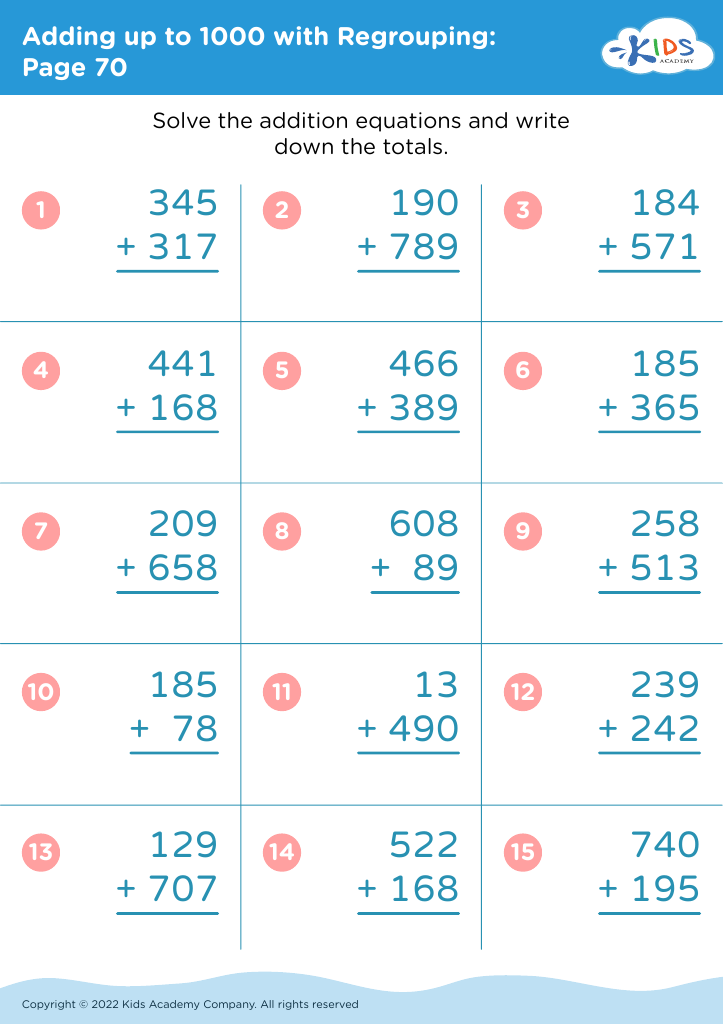
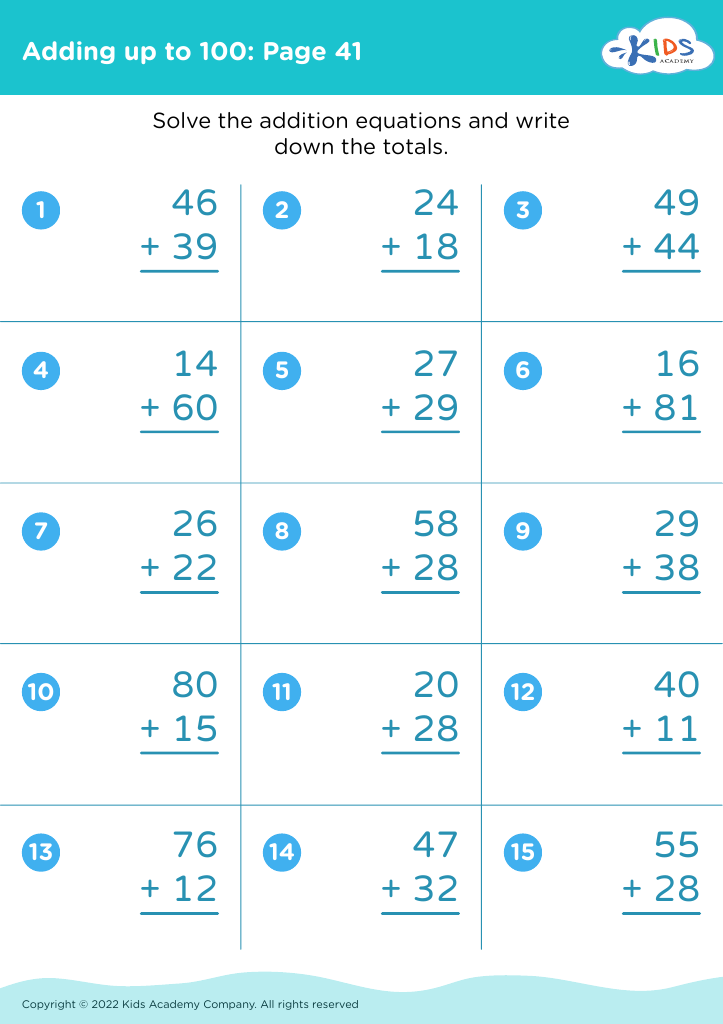




.jpg)
















